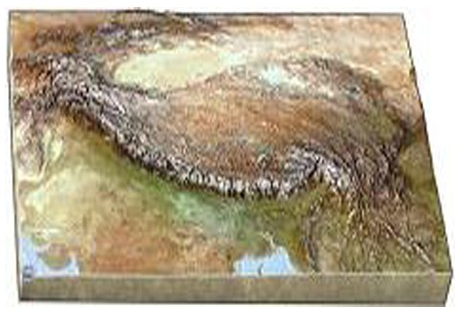Compare and contrast two of the three phytoplankton discussed at length in this chapter (Diatoms,
Dinoflagellates, and Coccolithophores). What will be an ideal response?
ANS:Answer
should include:
? Diatoms are one of the most abundant and productive phytoplankton in the ocean. They
have a glass-like frustule body structure which is made up of closely fit valves. They
contain yellow and brown accessory pigments.
? Dinoflagellates are single-celled autotrophs with normally two whip-like flagella. There
are some species that live within tissues of other organisms. These phytoplankton are the
main cause for red tides and harmful algae blooms. Some can transform chemical energy
they use into light energy. This is called bioluminescence.
? Coccolithophores are autotrophs that have calcium carbonate disks covering their body.
They thrive at the surface in brightly lighted areas. These are responsible for seabed
oozes which can uplift like the White Cliffs of Dover
You might also like to view...
Why does the Tibetan Plateau, shown in this figure, have a high elevation?

A) Transform faulting
B) Seafloor spreading
C) Continental rifting
D) Continental collision
E) Hot-spot activity
How fast do wave trains travel in relation to individual waves in that train?
a. One-third as fast b. One-fourth as fast c. One-half as fast d. Twice as fast
Which chemical destroys ozone in the stratosphere?
A) carbon monoxide B) chlorine C) sulfur dioxide D) nitric acid
Homeowners living in a heavily forested region surrounding a small 3-acre pond in Missouri decided to reduce air pollution in their neighborhood
In the fall, after the oak and maple leaves had fallen, the homeowners blew all of the dead leaves into the pond. About 8 months later, in July, they noticed a large number of dead fish in the pond. What is the most likely cause of the fish kill? A) The dead leaves released poisons that killed the fish B) The bacteria decomposing the leaves depleted the levels of oxygen C) Bacteria fed on the leaves and then the bacteria infected the fish D) Carbon dioxide from the decaying leaves reached toxic levels and killed the fish